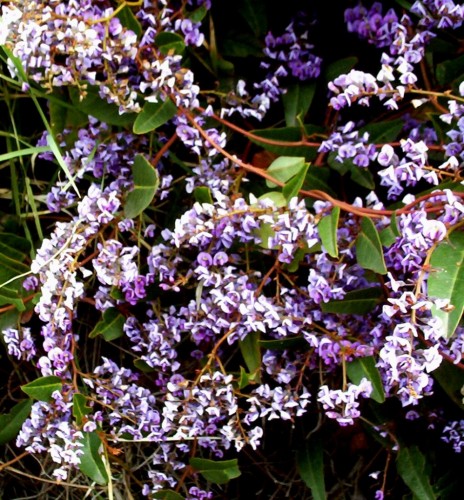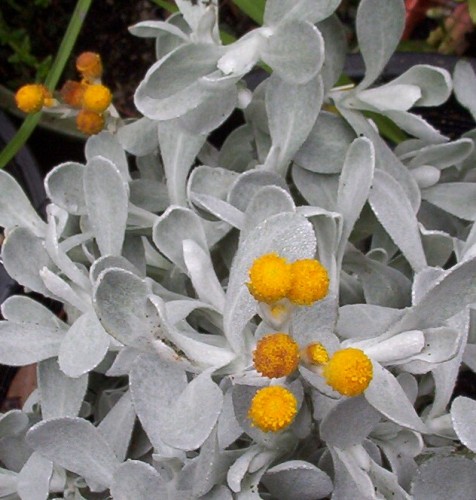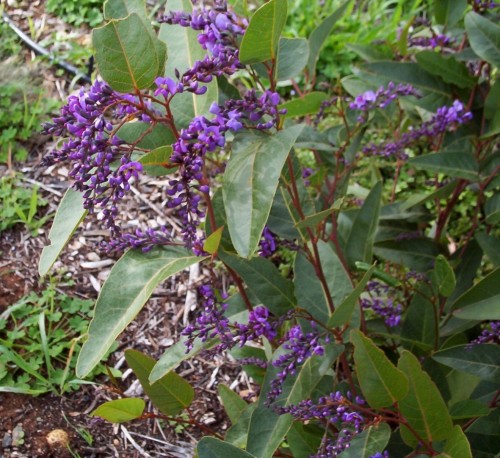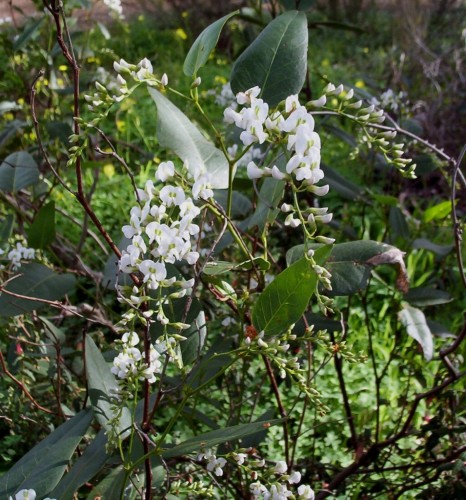On Gardening Australia on ABC TV tonight this story about Bonsai Australian Plants was shown. I have often admired these and thought I would love to try some. However, as potted plants and I don’t always get along, I dismiss it as being doomed to failure. Seeing some of the plants on TV was great and there is a photo to see on the site. I have copied the text here.
“Hi. I’m Brian Sampson. I’m probably better known in public life as an Essendon footballer. I was fortunate enough to play in a couple of premiership teams, in ’62 and ’65. I’ve been 50 years a bricklayer, many years a netball coach and now a passionate lawn bowls player but bonsai has been a big part of my life.
“When I first started, back in the 1980s, there were a few people who grew natives but now there are more people growing natives in their collections and a lot of great bonsai growers around Australia. If you’ve got a bit of artistic flair and a bit of imagination, the world’s at your feet.
“Once I used to go for a drive in the bush and there were just trees. Now I look at different tree styles in the bush and imagine how to incorporate them as a bonsai. Australian natives are particularly suited to what I like doing – landscapes – because a landscape has to look natural and you don’t have to design them by the rules of bonsai.
“The ideal height to see all the details of a bonsai tree is about 2 feet. Then you can see the beautiful details of the roots, the bark, all the little knots and gnarls on the tree, which gives an illusion of age. And the furrowed look on the bark of the paperbarks and callistemons – it’s a natural aged look. Really, bonsai is an illusion. You have to learn to make a tree look old. It’s not because it is old. You make it look old.
“Some favourites in the collection are: an Angophora, which is beautiful when the bark starts peeling off and the Quercus suber, or evergreen oak which is what they make cork out of.
“There are so many varieties of native trees in Australia. We have the beautiful paperbarks, the bottlebrush, wattle, and Australian eucalypts. We’ve only scratched the surface. There’s literally hundreds of potential bonsai that we haven’t even touched yet.
“To make a bonsai using an Australian native such as a Callistemon ‘Captain Cook is very easy to do. The first thing, to bring out the best features of an Australian native, is to expose the top 3 inches of roots and branch (that are usually below the soil) for a lovely gnarled look.
“The next stage is to tease the roots. Take off as much as is safe around the base of the plant. Now work out which branches need to be taken off because they are impeding the style of the tree. Cut off any little branches and peel the bark back to expose any dead wood.
“In the pot, it’s very important to have gauze over the drainage holes, so the soil doesn’t dry out. Two wires are used to hold the plant secure in the pot.
“Add a little bit of drainage gravel, then a little potting mix. It’s a mixture of pine bark, peat moss and some fine gravel.
“Try to plant the tree at the right angle. This part is important. Wire the tree in. There are two different types of wires used in bonsai – aluminium or copper. Copper is stronger. Aluminium is a little more pliable. I tend to use aluminium.
“With Australian natives, apply a little bit of wire but it’s better to apply the clip-and-grow method. Now that I’ve wired these few branches on the callistemon, I am very excited about this tree becoming a great Australian native bonsai.â€



